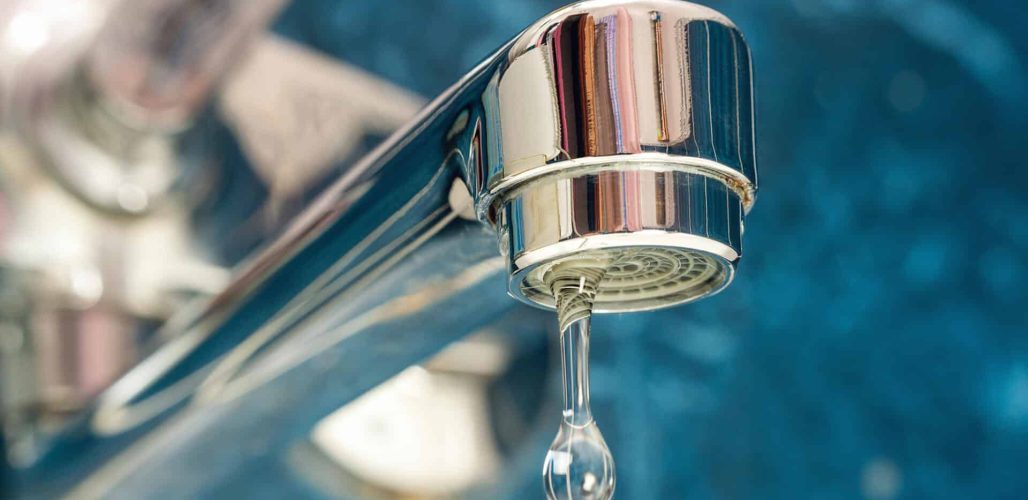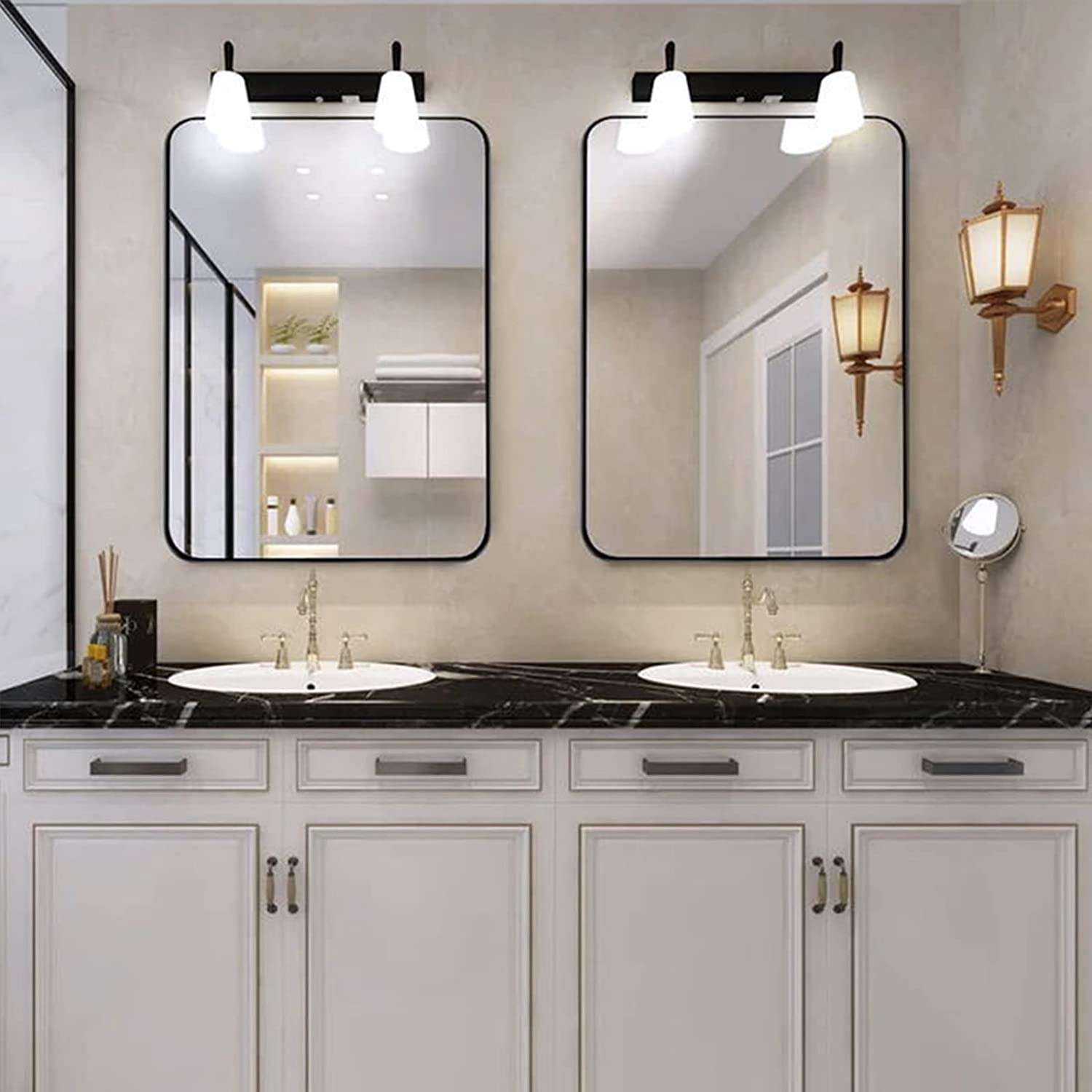
Learn about the different types of wood, the advantages, and how to choose and care for your own wood bathroom vanity. Transform your bathroom into a stylish, functional, and sustainable space today.

A dripping bathtub faucet can be both frustrating and wasteful. However, with the right knowledge and a little bit of effort, you can fix the issue on your own. In this blog post, we will guide you through the step-by-step process of how to fix a dripping bathtub faucet, helping you save water and regain peace in your bathroom.
There are many bathtub faucet designs, from single-hole wall-mounted versions to three-hole center-set tub faucet spouts. A stem or cartridge regulates the flow of water from the mixing valve that the hot and cold water lines run into. Different faucets can drip due to various reasons. Understanding the causes can help you identify the issue and take appropriate measures to fix it. Here are some common causes of dripping bathtub faucets:
When fixing a dripping bathtub faucet, it’s important to gather the necessary tools before starting the repair process. Here are some essential tools you may need:
To avoid any accidents or water damage, it’s important to turn off the water supply to the faucet. Locate the shut-off valve near the bathtub or use the main water shut-off valve if needed.
To fix a dripping bathtub faucet, you’ll need to disassemble it to access the internal components. Here’s a step-by-step guide on how to disassemble the faucet.
If you identify any damaged or worn-out parts, replace them with suitable replacements. Common culprits for dripping faucets are worn-out washers, O-rings, or cartridges. Apply plumber’s tape to ensure proper sealing.
If you can’t find the replacement, please contact the seller, most seller online will provide warranty, and they will send you the replace parts.
Carefully reassemble the faucet, ensuring that all parts are properly aligned and tightened. Turn on the water supply and test the faucet for any leaks or drips. Make necessary adjustments if needed.

Learn about the different types of wood, the advantages, and how to choose and care for your own wood bathroom vanity. Transform your bathroom into a stylish, functional, and sustainable space today.

Unveiling the secrets to selecting the perfect mirror for your bathroom vanity, this comprehensive guide navigates through the critical factors of functionality, illumination, and design style.

Introduction Bathroom mirrors are fundamental elements of any home décor, but when integrated with lighting, they redefine aesthetics and functionality.
You’ll be the first to hear about new arrivals, trends, exclusive offers, clearance & more when you subscribe to Kgarmall